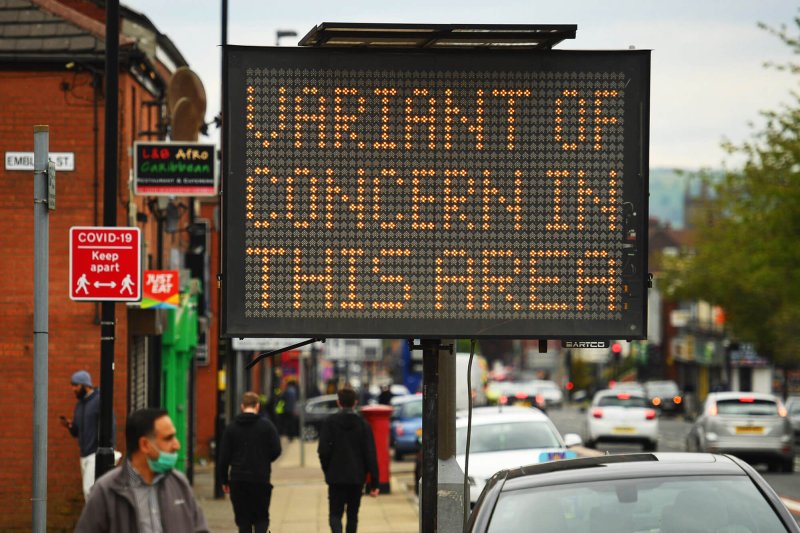Out of the COVID-19 pandemic, two Americas are emerging: One protected by vaccines and the other still vulnerable to infection — and experts say progress made across the entire U.S. is being threatened by low-vaccinated regions.
“We’re already starting to see places with low vaccination rates starting to have relatively big spikes from the delta variant. We’ve seen this in Arkansas, Missouri, Wyoming … those are the places where we’re going to see more hospitalizations and deaths as well, unfortunately,” said Dr. Ashish Jha, Dean of the Brown University School of Public Health, Dr. Ashish Jha.
“And any time you have large outbreaks, it does become a breeding ground for potentially more variants.”
While some experts have held that vaccines provide good enough protection that vaccinated people can forgo face coverings, the transmission rates have made others more cautious.
“If you’re in a low-infection, high-vaccination area, you don’t need to be wearing a mask indoors if you’re fully vaccinated,” Jha told CNN [July 5]. “If I were in southwest Missouri right now, I’m fully vaccinated but I would be wearing a mask indoors.”































